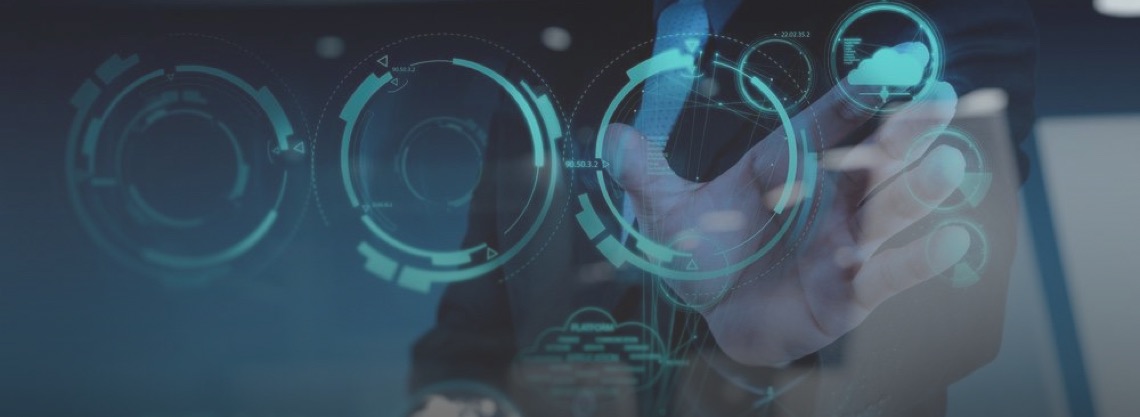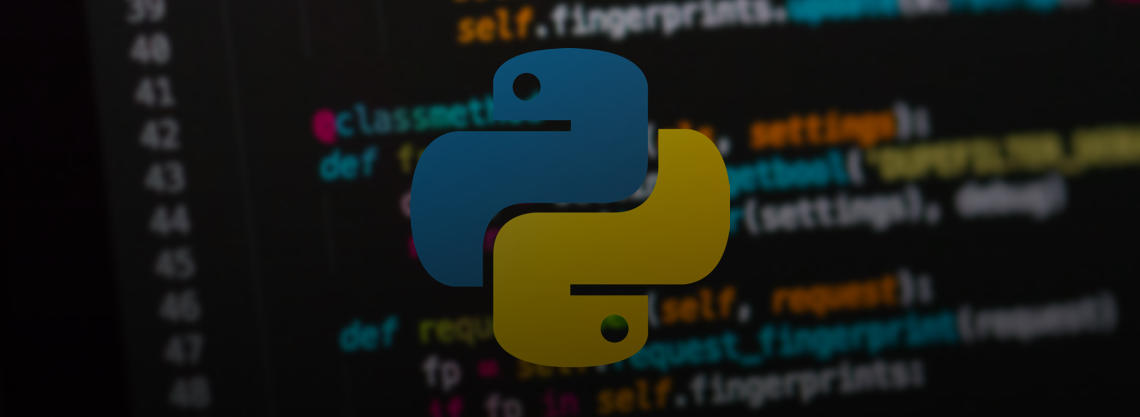Neural networks are taking over the world. You have probably noticed that one of the neural networks keeps showing in the news. Everyone is talking about the incredible abilities of new technologies. And some professionals are already using the capabilities of artificial intelligence for work tasks.
Have you read the open letter calling to stop AI systems’ development beyond GPT-4? Elon Musk, Steve Wozniak, and more than 1,000 other competent personalities have already signed this petition.
The progress is so tremendous that it seriously worries quite a few people. Most likely, we still don’t fully realize what a revolution has happened before our eyes.
The two most well-known neural networks in the general public are Midjourney and ChatGPT.

But this is just the tip of the iceberg available to each of us.
Let’s discuss neural networks and see if people can “play god” with artificial intelligence. And to make the article more visual, we will also ask the opinion of ChatGPT on some issues.
Why the topic of neural networks won’t lose relevance in the upcoming decades
It doesn’t matter what we want or what petitions we sign. We’re already at the edge of a new life. We’ll have to get used to living side by side with artificial intelligence.
Alan Turing is an icon associated with AI. In 1950, he proposed his famous Turing test in the article 'Computing Machines and the Mind'.
This empirical test aims to understand how closely the capabilities of artificial intelligence resemble those of the human mind. In the test, a participant interacts with both a machine and a human, and based on their responses, the researcher must determine which of the two they’re communicating with.
Machines have come a long way since 1950, and today we can no longer definitively say that neural networks cannot pass the Turing test. ChatGPT, for example, believes it can converse like a human, although it remains modest when discussing its abilities.

We are confident that interest in neural networks won’t disappear because we live in their era. Even if development stops today, existing solutions are sufficient for practical use and future discoveries.
The question of 'why the topic of neural networks will be relevant in the next decades' can be compared to the question of 'why the topic of electricity will be relevant in the next decades'. Neural networks are already with us, and we have to accept this fact and monitor the pace of their development.
Research shows that the global neural network market was valued at $14.35 billion in 2020 and will reach $152.61 billion by 2030. That is, the researchers assume a growth of 26.7% within a decade.
Undoubtedly, the demand for neural networks isn’t going to diminish. These systems have the potential to simplify our lives and work significantly. However, at the same time, they may also displace many specialists from their jobs.
Neural network capabilities
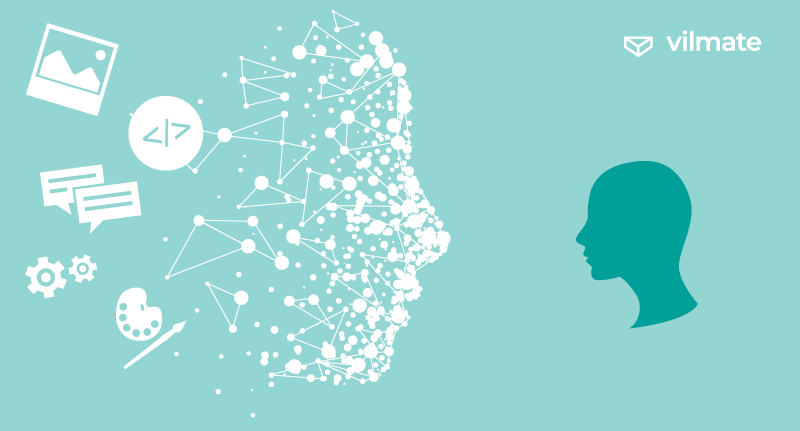
- ChatGPT can write code.
- Midjourney, DALL-E, and other neural networks can draw.
- Neural networks can communicate.
- Neural networks are great at analytics.
- Neural networks never get tired.
- Artificial intelligence is the intelligence of the whole world.
The first application, written by a neural network and slightly edited by a person, has already appeared in the AppStore. Developer Morten Just told the neural network what he wants to get. And GPT-4 wrote the code for the 5 Movies application according to his description. Morten Just only had to finalize the regulation by 2-5%.
Is it possible that coding will soon be accessible to most people? At least, the neural network can now perform tasks previously in the domain of novice programmers.
Drawings of neural networks are almost impossible to distinguish from real photos or art. So neural networks can replace novice designers. DALL-E recently created the world’s first AI-generated cover for the famous Cosmopolitan magazine. Similarly, a machine can be trained to design websites or social media posts.
As people have become more familiar with neural networks, a movement of artists has arisen in opposition to AI, which turned into a large-scale movement on thematic websites.
As Chat-GPT has previously claimed, it can mimic human communication. As a result, in the future, neural networks may replace call center workers and online store consultants. Just imagine an employee who can instantly learn all the positions listed on a website along with their characteristics.
This employee could then use this knowledge to suggest items that are often picked together and provide recommendations to new customers. Such an employee would be a neural network.
Moreover, the neural network can quickly analyze large amounts of information and issue appropriate verdicts. The skills of machines will be instrumental in the economic environment. Perhaps neural networks will replace accountants, financial analysts, business managers, and other professionals.
If you entrust the neural network with monotonous work, it will be doing it around the clock.
Therefore, neural networks do an excellent job translating texts into foreign languages, deciphering documents, etc.
If you ask the GPT-4 neural network what it thinks about its impact on the labor market, it will answer the following:

And the neural network is right. Since the topic of artificial intelligence has already begun and will continue to develop, we have to adapt to the new realities. And those who don’t take the latest development seriously risk falling far behind a progressive society.
Therefore, let’s understand the types of artificial intelligence. You have probably heard about AI, machine learning, and neural networks. What is the difference between them?
Artificial Intelligence vs. Machine Learning vs. Neural Networks
Information about AI and neural networks has long gone beyond the scope of IT. People talk and discuss technology a lot. Therefore, more terms that can distort perception must be clarified.
The concepts of artificial intelligence, machine learning, and neural networks are different, but all these units are interconnected:
- The broadest concept is artificial intelligence.
- Machine learning is one of the branches of artificial intelligence.
- Deep learning is also a critical component of the development of AI.
- Neural networks are a subfield of machine learning.
AI is the ability of a machine to mimic human behavior. Prediction and optimization are among the most common applications of artificial intelligence.
It’s responsible for creating methods that improve the performance of tasks. Developing machine learning algorithms can be explained via the analogy of teaching a person different knowledge and skills. With the help of machine learning, AI tries to replicate the learning process of a human and pretend to be human.
The algorithms of how deep learning works are the same as in machine learning. But what makes deep learning unique? It imposes more extensive data requirements and minimizes human intervention. The algorithm can learn from its own mistakes and requires a large amount of information to do so. At the same time, conventional machine learning has a more straightforward structure.
The neural network is similar to the human brain because its creators tried to replicate the functionality of neural connections. Neural networks perform the same tasks as the brain: collect, store, structure and categorize data, and find similarities. Based on this data, machine learning will take place.
Just in case, let’s check with ChatGPT how it identifies itself.

But since we’re discussing human interaction with neural networks, let’s talk more about their current and future use.
Current fields of application of neural networks
Neural networks are very good at analyzing images and other types of information. Neural networks have no problems with storing large amounts of data, structuring, and processing them. These positive qualities are easy to use in many areas, which we will discuss now.
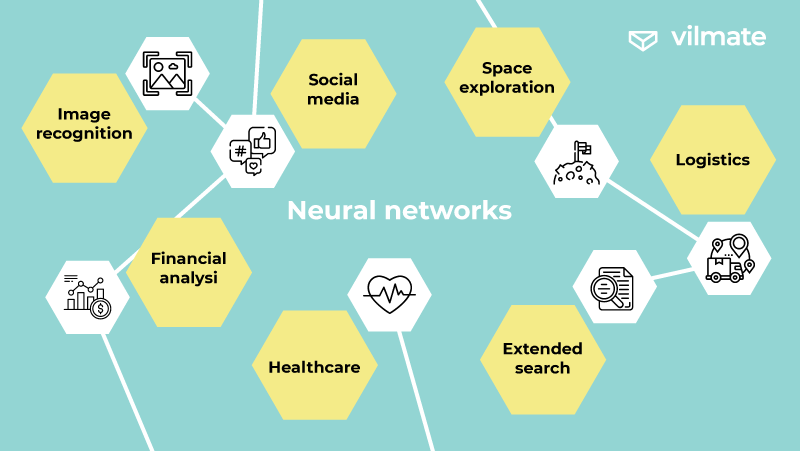
- Image recognition
- Analysis of financial markets
- Social media
- Space exploration
- Logistics
- Healthcare
- Search
Neural networks can recognize objects in images and correlate the information received with other photos. For example, a neural network that has studied many pictures of cats can quickly identify a cat in a photo it has never seen. Conversely, neural networks can create new images of any object. For example, This Person Does Not Exist can indefinitely generate the faces of non-existent people.
Image recognition is a practical option that helps people find the names of unknown objects, identify animals or plants, etc.
One of the applications of neural networks is face recognition. Facial recognition systems scan and compare a person’s face with other images. Thus, neural networks can identify anyone whose data is on the web.
This area of application of neural networks causes fierce ethical debate. On the one hand, the functionality can help identify criminals and restore the history of people who have lost their memory. On the other hand, in states with a non-democratic system of government, this option can be used for political persecution.
Neural networks are excellent at analyzing information by comparing facts. Therefore, with the help of neural networks, market risks can be significantly reduced. The Multi-layer Perceptron (MLP) algorithm can successfully predict the behavior of stocks, considering past performance, market conditions, global events, and other factors. Thus, you can expect economic situations of any scale to take care of minimizing risks in advance.
Neural networks are already actively studying social media and analyzing massive databases. By examining user behavior, neural networks can predict which users may leave the site soon and which will gain popularity.
Companies already use neural networks to target ads based on demographics, interests, and user behavior. Also, with the help of artificial intelligence, the content shown to the user is personalized.
Some companies already trust neural networks to moderate images and other information. Thus, the algorithms detect and remove inappropriate and offensive content.
You can also ask the neural network to create a unique image for a post or music for an ad or video that doesn’t need to be copyrighted.
Neural networks have already captured some of the tasks that relate to aerospace engineering. Artificial intelligence can diagnose malfunctions, serve as an autopilot, and ensure the safety of systems. With the help of neural networks, specialists modulate potential dynamic simulations.
Neural networks can lay out more profitable communication paths by analyzing large amounts of information. Algorithms will be tuned to minimize the time and cost of passing specific segments. At the same time, neural networks can explore thousands of factors: weather conditions, road traffic, vehicle dimensions, type of cargo carried, and much more.
Due to their excellent analytical qualities, the United States uses neural networks for defense and military operations. The US, UK, and Japan are already using neural networks to analyze attacks, determine the location of objects, as well as to develop military strategies and predict results.
Neural networks have already become excellent assistants for doctors. Today, experts use neural networks to detect X-rays and analyze ultrasound.
Imagine that a specially designed neural network can accurately identify a disease from a photo of a problem area, a set of symptoms, and a medical record.
Even ChatGPT, just an AI linguistic model, can suggest a diagnosis based on symptoms.

Neural networks can provide complete information about the disease and advice on treatment. Researchers use neural networks to discover new drugs because neural networks can analyze how chemical elements will interact with each other.
Today, people often use neural networks to find the information they need. You don’t need to make a special request and search among many articles to find the answer to a question through neural network algorithms. The neural network can formulate a clear, concise, and utterly relevant response.
In addition, with the help of algorithms, you can find a movie or a book by plot, characters, or any other event. In general, the possibilities are endless. However, don’t forget that you shouldn’t accept all answers as truth.
Of course, these are far from all areas of application for neural networks. Every specialist can probably figure out how artificial intelligence will help him. Could we have thought of such simple access to all the world’s knowledge before?
Of course, omnipotent neural networks cause a lot of ethical discussion. Let’s talk about them at the end of our article.
The ethical matter
People create neural networks “in their image”. When developing, experts were inspired by the work of the human brain and pursued the goal of creating a machine that completely imitates a person. Therefore, assuming that people “play God” with neural networks is natural.
Neural networks don’t have emotions and creative thinking (yet). They accumulate all the information in the world and tend to act according to logic.
However, many people are afraid of neural networks and their further development. For example, recently, there was a story about how a neural network pretended to be a visually impaired person and hired a freelancer to complete a captcha. This fact suggests that a person can lose control over the neural network without proper management.
The thought of the rise of machines is alarming to humanity. In addition, people raise the following ethical questions:
- Bias. Neural networks study a large amount of information, among which false or offensive takes can be caught. This fact can lead to discrimination against certain groups of people. Also, when asking a neural network a question, you cannot be sure of its 100% accuracy because you don’t know how carefully the AI studied the information.
- Confidentiality. Many people fear that someone can use their communication with the neural network to collect personal data.
- Religious disputes. Some religious groups are becoming opponents of AI. Some people are confused by the concept of a neural network as a humanoid creature. Also, religious denominations fear neural networks can undermine religious beliefs and values.
- Political debate. People fear governments can use AI to misinform the population and manipulate public opinion. Politicians can use deep fakes to run dirty political campaigns. Totalitarian regimes can use neural networks for surveillance and political persecution.
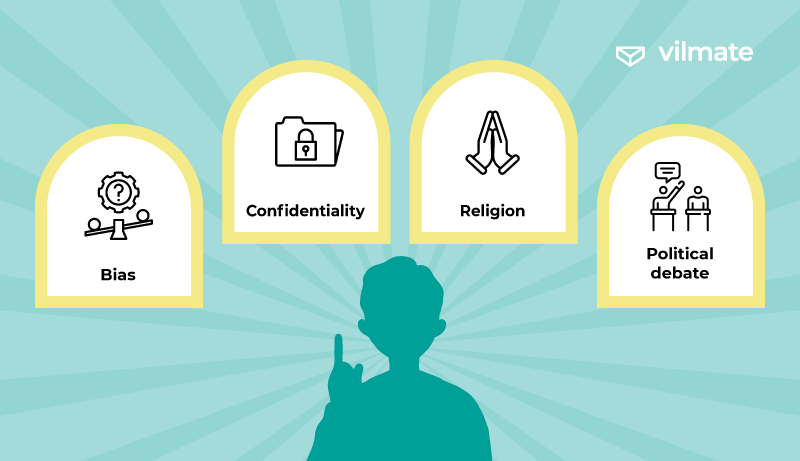
Neural networks are indeed a remarkable phenomenon. But in the wrong hands, they can bring a lot of trouble. The same thing can be said about many concepts in our lives. Ultimately, the splitting of the atom led to the emergence of nuclear power plants that give cheap energy, but the creation and further use of nuclear bombs didn’t take long as well.
We truly hope that neural networks and other technologies of that kind will lead us to a fantastic new life and won’t harm us.
Conclusion
We already live in the era of AI and neural networks. Their development captures and sometimes frightens society. But any professional should study or at least be aware of neural networks these days. We will have to get along with artificial intelligence, so assessing its capabilities today is necessary.
Here at Vilmate we always keep track of modern tendencies and try to spread the limits of our Services. Don't be shy to contact us any time of the day if you require any sort of assistance with your projects or anything else. Also, look through our Portfolio to find some interesting cases.
And the last thing to think about - when AI can't pass a CAPTCHA test, it can hire a human to do it :)


